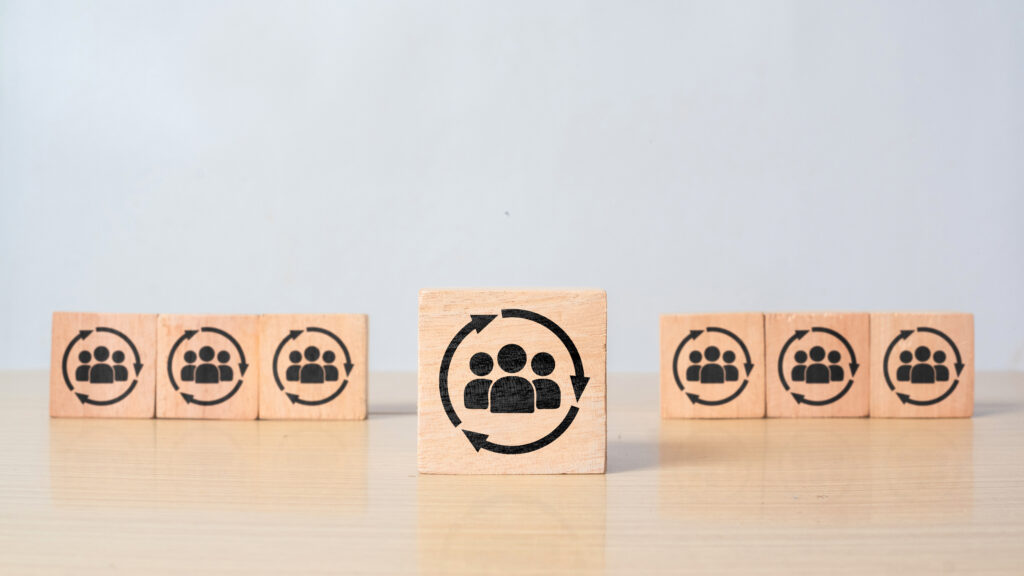When I think about the work I’m most proud of in my career, it’s not the deals closed or companies scaled. It’s the people—specifically, the people who were given a second chance and used it to transform their lives. Over the years, I’ve been lucky enough to work on some incredible workforce development initiatives, and I’ve learned one important truth: when you build systems that respect and support people, lives change. Not just temporarily, but in lasting and meaningful ways.
My background is in engineering and operations. I’ve always been drawn to solving problems and building things that work better. But it wasn’t until I got involved with workforce development projects—first through veteran initiatives like AloriCares and later through work with the Fulton County Workforce Development Committee—that I realized how powerful those same principles could be when applied to people, not just processes.
People Need Opportunity, Not Pity
One of the biggest misconceptions I’ve come across is the idea that workforce development is about charity. It’s not. It’s about opportunity. The people I’ve worked with—veterans transitioning out of the military, parents reentering the workforce after incarceration, young adults who didn’t have access to strong education—aren’t looking for handouts. They’re looking for a fair shot.
What makes the difference isn’t just training. It’s dignity. It’s being treated as someone with value, not someone who needs to be fixed. When we design workforce programs that treat people like capable contributors, they rise to meet those expectations. I’ve seen it again and again. Given the right support, people not only succeed—they thrive.
The System Is the Solution
One thing my engineering background taught me is that when something doesn’t work, the problem is rarely the people. It’s usually the system. That’s just as true in workforce development as it is in manufacturing or logistics.
If someone can’t keep a job, it’s worth asking whether the training prepared them properly. If job seekers are stuck in a cycle of part-time work, we need to look at the pathways we’ve created—or failed to create—for upward mobility. If a person can’t show up on time, it’s worth checking whether they have reliable transportation or access to affordable childcare.
When I worked with the Atlanta Housing Authority and later with Fulton County’s workforce efforts, I kept returning to the idea that we can’t solve big problems with small thinking. A job placement might help someone in the short term, but if we don’t address the broader system—the support structures, the barriers, the culture of the workplace—we’re setting people up to fail.
Veterans Deserve More Than Thanks
Veterans hold a special place in my heart. Maybe it’s because I’ve worked closely with so many of them, or maybe it’s because I’ve seen the discipline, loyalty, and leadership they bring to every role. Either way, I believe deeply that we owe them more than just gratitude. We owe them opportunity.
That belief is what drove me to help launch AloriCares and to open a training center for service-disabled veterans in Atlanta. The idea was simple: create a space where veterans could receive targeted training, mentorship, and job placement services in an environment that understands their strengths. Not just because it’s the right thing to do, but because it works. Veterans are an asset to any team—they just need employers and systems that recognize that.
It’s Not Just About Jobs—It’s About Futures
Sometimes people think workforce development is just about employment numbers. But that’s only part of the picture. What we’re really doing when we invest in workforce programs is helping people build futures. A stable job means a child gets to stay in the same school. It means someone can afford safe housing. It means a returning citizen doesn’t end up back in the system. It means dignity, security, and pride.
I’ve met people who went through training programs and are now mentoring others, leading teams, or starting businesses of their own. That’s the kind of ripple effect that changes communities. One opportunity leads to another. And when you approach the work with a long-term view, you begin to realize just how powerful that first step—just one job—can really be.
Businesses Have a Role to Play
I always tell business leaders that workforce development isn’t just a government or nonprofit responsibility. Companies benefit directly from having a more skilled, more engaged, and more diverse workforce. But more than that, they have the power to create real impact.
When companies invest in people who’ve been overlooked—veterans, single parents, returning citizens—they’re doing more than filling roles. They’re changing trajectories. I’ve seen how much stronger and more resilient teams become when they include people from different backgrounds, with different life experiences. That kind of diversity doesn’t just boost performance—it makes companies better places to work.
Building With Purpose
If I’ve learned anything, it’s that purpose and performance aren’t at odds. In fact, when you build your organization with purpose—when you intentionally create systems that lift people up—you often see better outcomes across the board.
That’s why I’ll always advocate for workforce development programs that focus on dignity, systems thinking, and long-term success. It’s not about fixing people. It’s about fixing the systems that have failed them—and then watching what they’re capable of when they’re finally given the chance to succeed.
I’m proud of the role I’ve been able to play in this space. But more than anything, I’m inspired by the people I’ve met—people who’ve rebuilt their lives, not because someone gave them a job, but because someone believed in their potential. That’s what rebuilding with dignity looks like. And that’s the kind of work I’ll always stand behind.
